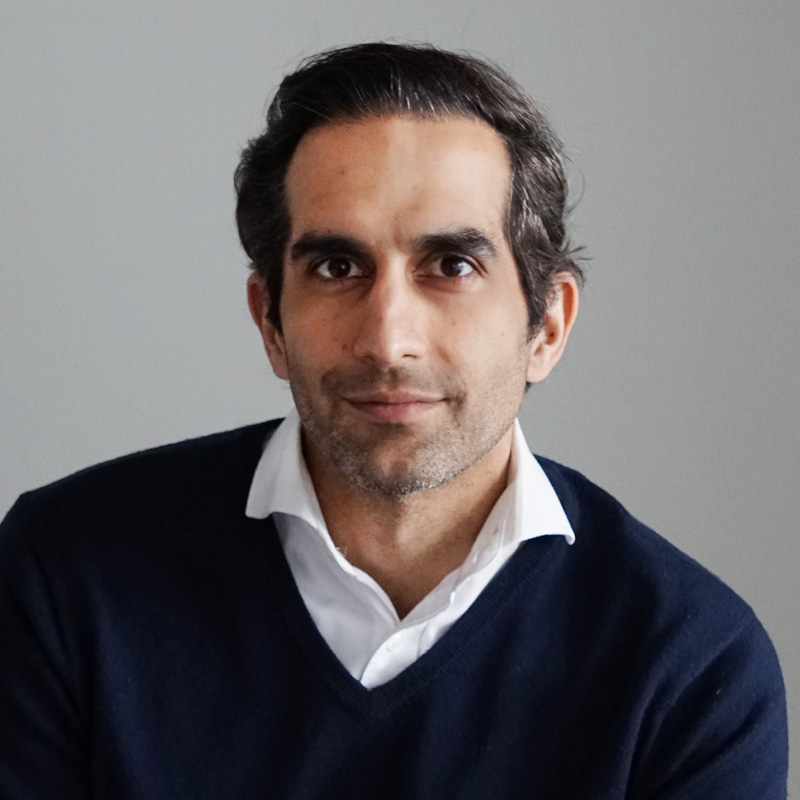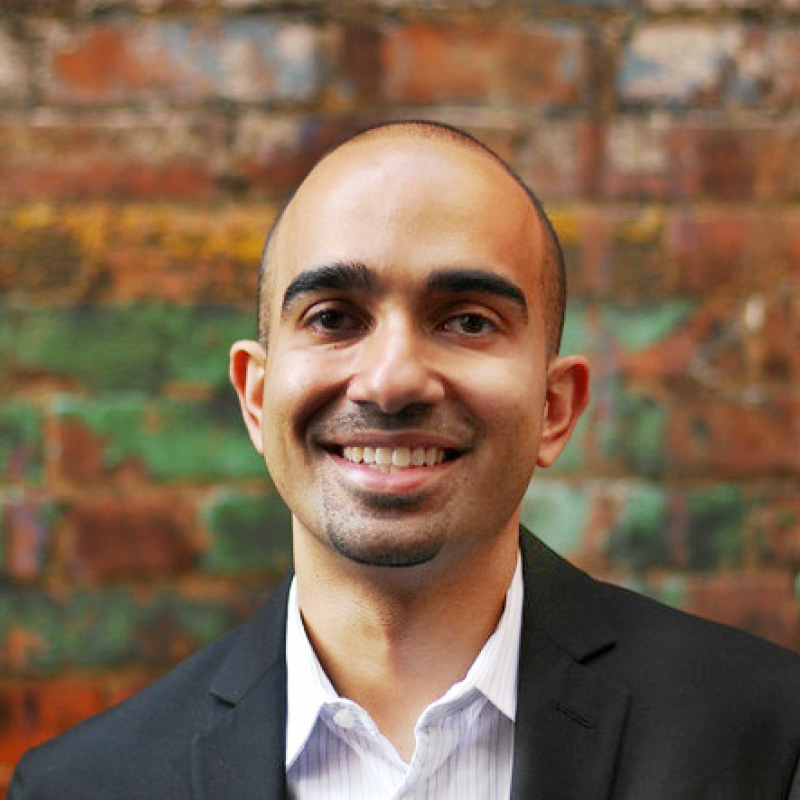Alex Himelfarb
Advisory Board
M@st3rSCP
Alex Himelfarb is former Clerk of the Privy Council. He joined the federal public service in 1981 after a decade teaching at the University of New Brunswick.
Alex held a number of senior positions in various departments including Executive Director of the Parole Board, Assistant Secretary Social at the Privy Council Office, Associate Secretary at Treasury Board and Deputy Minister, Canadian Heritage.
He was appointed Clerk of the Privy Council in 2002 and served three Canadian Prime Ministers until his appointment as Ambassador to Italy. After his retirement from public service in 2009, he led the School of Public and International Affairs at York University’s Glendon College until 2014.
Alex has served on and chaired numerous NGO boards and advisory committees, including the Canadian Centre for Policy Alternatives, the Coalition to End Homelessness, the Atkinson Foundation, the Narwhal and WWF Canada.
He has published extensively on Canadian society and public policy and is a fellow of the Broadbent Institute and Parkland Institute.
Alex received his PhD in sociology from the University of Toronto.

Rob Germain
Advisory Board
M@st3rSCP
Rob Germain is the CEO at Victoria, B.C.-based CHEK Media – the only employee-owned TV station in North America.
Germain was News Director at CHEK in 2009 when the station was threatened with closure. He helped lead a takeover bid by employees, the union and community-minded investors.
Under employee ownership for 15 years, CHEK has become a model of success, in stark contrast to many corporately owned, legacy media organizations. CHEK has doubled in staff and has transformed into a multi-media company with its own CHEK+ streaming service and podcast network.
CHEK Media has been recognized with numerous journalism and industry awards and Germain himself received a Lifetime Achievement Award by the Radio Television Digital News Association. Germain is also a director and past president of the BC Association of Broadcasters.

Tariq Fancy
Advisory Board
M@st3rSCP
Tariq Fancy is founder of the Rumie Initiative. A successful investor, turnaround specialist and entrepreneur, he has a unique perspective on how to merge sustainability and social imperatives with traditional business models focused purely on profit.
Tariq was BlackRock’s first-ever Global Chief Investment Officer for Sustainable Investing. He later began publishing op-eds challenging the ESG status quo, culminating in a 2021 viral essay entitled “The Secret Diary of a Sustainable Investor” that sparked a wide-ranging and ongoing backlash against ‘greenwashing’ in the financial services industry.
Rumi, a non-profit whose free microlearning tools are used by millions in over 200 countries today, broadens digital access, such as allowing Afghan girls to learn safely from anywhere on a mobile phone. Rumie is a graduate of tech incubator Y-Combinator and subject of a 2016 Harvard Business School case study.
Tariq has worked as a senior investment professional at Credit Suisse First Boston’s technology investment banking group, MHR Fund Management and the Canada Pension Plan Investment Board (CPPIB). He led the turnaround of Wildfire, an Asian software company acquired in 2015.
Tariq holds a Master’s in Economics & Public Policy from Sciences Po Paris and an MBA from INSEAD in France and Singapore.

Brian Dijkema
Advisory Board
M@st3rSCP
Brian Dijkema is the President, Canada at Cardus and Senior Editor of Comment. He is a public policy analyst, public commentator and writer.
He regularly works with municipal, provincial, federal governments and civil servants on a wide range of policy issues.
Brian consults widely with industry, business, labour and civil society institutions and is regularly called upon to make presentations on research and policy to legislatures and industry professionals.
He contributes to media outlets on cultural and political issues across Canada and internationally, including the Globe and Mail, the National Post, the Toronto Star, The Hub, National Affairs and more. Brian, his wife Nicole and their four children call Hamilton, Ontario, home.

Jeff Cyr
Advisory Board
M@st3rSCP
Jeff Cyr is Co-Founder of Raven Capital, Founder and Managing Partner of Raven Indigenous Outcomes and President and CEO of the Raven Indigenous Impact Foundation.
Métis from the White Horse Plains area of Southern Manitoba, the traditional Buffalo Hunt staging grounds in the Red River Valley, he has 25 years of experience providing strategic leadership for Indigenous for-profit companies and not-for-profit companies and governments at senior levels.
Jeff pioneered the community-driven outcomes contract (a unique pay-for-success social finance model) and the Indigenous Solutions Lab process, which earned him an Ashoka Fellowship in 2019. That model has now expanded to a first of its kind Indigenous Outcomes Fund.
Recently, he was Vice-President of the Indigenous Innovation Initiative at Grand Challenges Canada, a sessional lecturer at Carleton University in Public Policy and a guest lecturer at Oxford University in Social Finance. Previously, Jeff was the CEO of the National Association of Indigenous Friendship Centres (NAFC) and Chair of the Institute Advisory Board for Indigenous Peoples’ Health at the Canadian Institutes of Health Research.
Jeff lives and works on unceded Algonquin lands in what is now known as Mont-Tremblant, QC.
He holds a BA in Asian Languages and Politics and an MA in Political Studies/International Relations from the University of Manitoba.

Tiffany Callender
Advisory Board
M@st3rSCP
Tiffany Callender is a dedicated advocate for the advancement and prosperity of the Black community in Canada. In 2021, she co-founded the Federation of African Canadian Economics (FACE), a non-profit organization focused on accelerating the creation of generational wealth for individuals of African descent in Canada.
In a significant collaboration with the government of Canada, Tiffany co-developed and administers the $160-million Black Entrepreneurship Loan Fund, which provides financial support and resources to Black entrepreneurs, fostering economic growth and empowerment within the community.
Tiffany is committed to community development and social entrepreneurship and has spent decades actively crafting and implementing programs that uplift and support Canada’s Black community.
In 2022, she was recognized with the Ones to Watch award at the RBC Canadian Women Entrepreneur Awards. Her influence and impact have also secured her a spot on Afroglobal television’s 100 most influential Black Canadians list and the MIPAD (Most Influential People of African Descent) 100 most influential individuals of African descent under 40 list. She is also a member of the Forbes Business Council.
Tiffany has a passion for driving change, creating opportunities, and contributing to the prosperity of the Black community across Canada through initiatives that promote economic growth and empowerment.

Victor Beausoleil
Advisory Board
M@st3rSCP
Victor Beausoleil has served historically under-represented communities in the social economy, social finance, impact investing and cooperative ecosystems for two decades. At the age of 24, he Co-Founded Redemption Reintegration Services, one of the largest youth-led youth justice agencies in Canada. In 2013, he received his first public service appointment as a member of Premier Kathleen Wynne’s Council on Youth Opportunities.
He is currently the founder and Executive Director of SETSI – The Social Economy Through Social Inclusion and co-founder of the Canadian Centre for Non-Profit Digital Resistance.
He has served on numerous boards and committees, including the Atkinson Charitable Foundation, Laidlaw Foundation, the Toronto Community Housing Social Investment Fund, Toronto Community Benefits Network, The Canadian Community Economic Development Network, the Fair Finance Fund, the Table of Impact Investment Practitioners, New Power Labs, the Regional Ethno- Advisory Council for Corrections Services Canada, the Catalyst Community Finance Initiative, the Canadian Employee Ownership Coalition and the Tribe Network.
As a lecturer, he has travelled extensively throughout Canada, the U.S., the U.K. and Africa to speak with community organizations, institutions and philanthropic foundations.
Victor has written thirteen books and is a husband and father of four brilliant children.

Vass Bednar
Advisory Board
M@st3rSCP
Vass Bednar is executive director of McMaster University’s Master of Public Policy program and frequently contributes to Canada’s policy ecosystem of possibility.
Vass writes a popular newsletter about technology and public policy called “regs to riches,” is a contributing columnist at The Globe and Mail and the host of their business and technology podcast, Lately. She is also senior fellow at the Centre for International Governance Innovation (CIGI), where she co-hosts the podcast “policy prompt.”
Finally, she is co-author of The Big Fix: How Companies Capture Markets and Harm Canadians with Denise Hearn.

Antoine Genest-Grégoire
Fellows
M@st3rSCP
Antoine is an assistant professor of the Department of Taxation at Université de Sherbrooke and a researcher at its Chaire en fiscalité et en finances publiques.
He studies the distributional effect of tax policy ,as well as how it is perceived by citizens, using surveys and administrative tax data. This includes work on partnering incentives in the Canadian tax system, tax literacy, motivational drivers of tax compliance, the simplicity of Canadian tax returns, capital gains taxation and perceptions of belonging to the middle class.
He has published in the National Tax Journal, the Canadian Tax Journal and Canadian Public Policy. His research had been abundantly covered in Canadian media and he provides regular comment on current tax policy issues in both French and English.
A recipient of both federal and Québec public funding for his research, Antoine holds a Ph.D. from Carleton University.

Karim Harji
Fellows
M@st3rSCP
Karim supports people and organizations to understand, measure and improve their social impact. He is the Programme Director of the Oxford Impact Measurement Programme at the Said Business School, University of Oxford, where he also teaches executive education courses in impact investing and innovative finance. He is also the Managing Director at Evalysis, an impact measurement and management advisory firm.
Karim has been involved in multi-stakeholder efforts to advance impact measurement with the G8, Government of Ontario, American Evaluation Association, Innoweave, Impact Management Project and the Rockefeller Foundation.
He was previously Co-Founder of Purpose Capital, the precursor to Rally Assets, where he led its research, advisory and field-building in impact investing, and Senior Manager at Social Capital Partners, advancing workforce development and cross-sector partnerships.
Karim holds an M.A. in Public Administration from Carleton University, and is completing his doctorate in impact measurement for impact investing at the University of Oxford.
